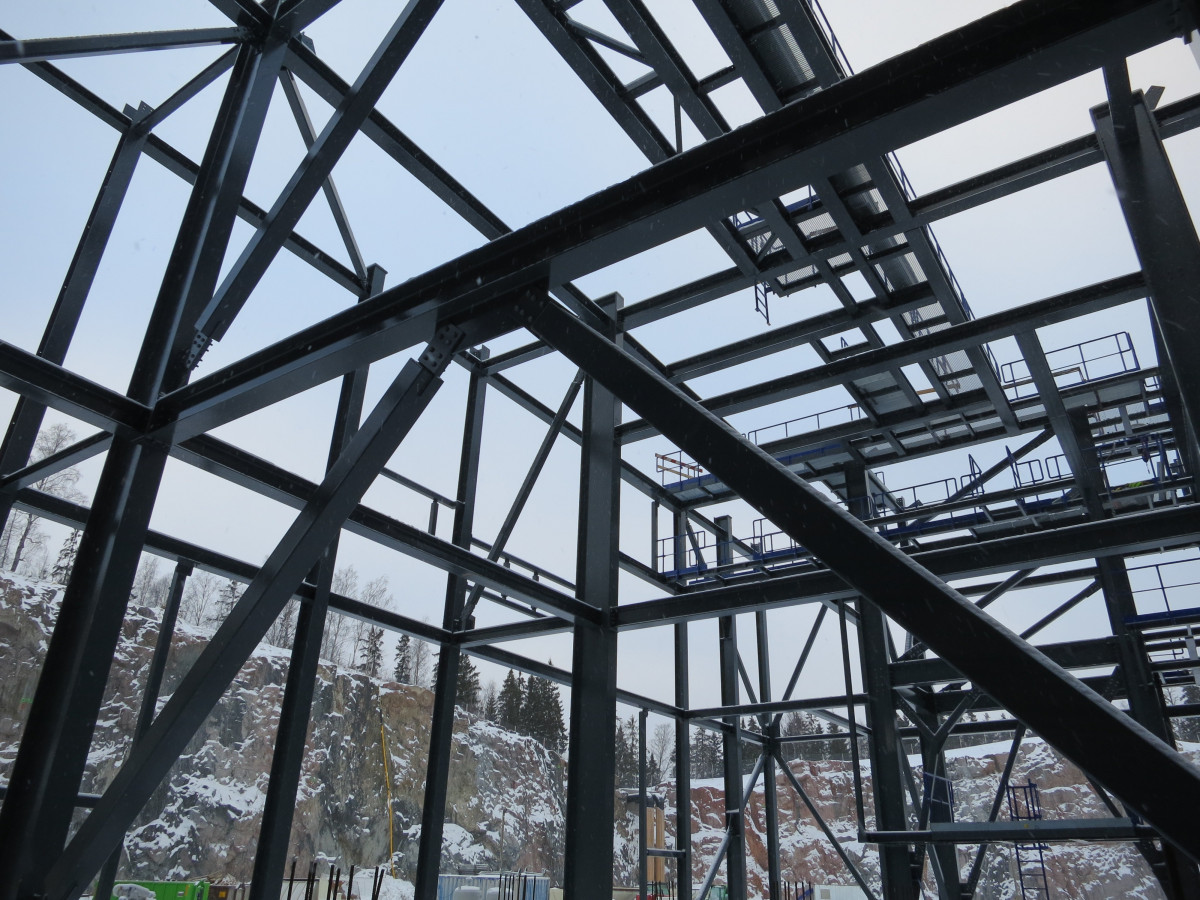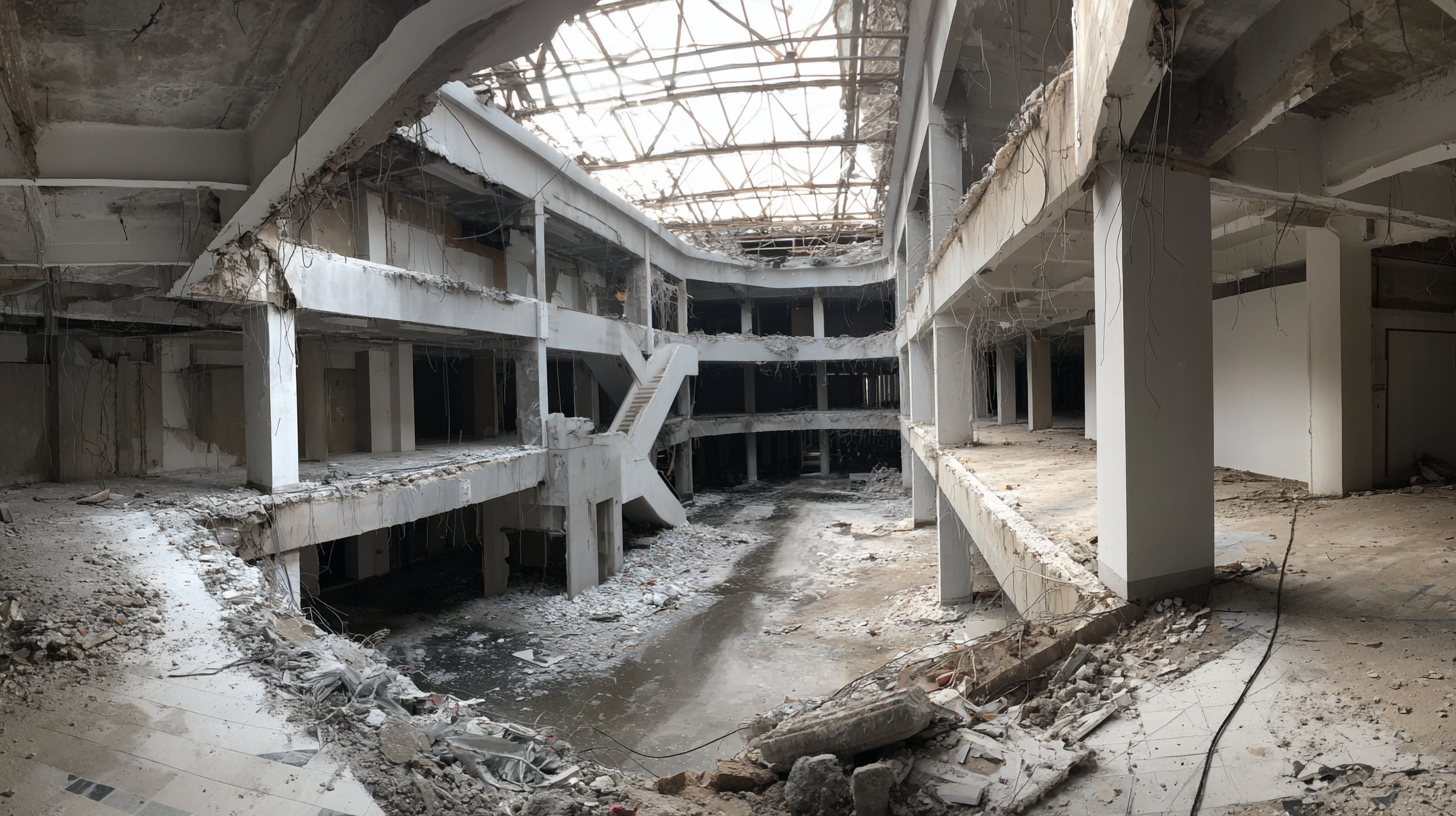Commercial Interior Demolition Contractors
Commercial interior demolition is a highly specialised discipline within the construction and renovation sector. It is the art and science of stripping a building’s inner fabric—walls, ceilings, mechanical systems, partitions, floor finishes—while preserving the structural frame and shell. Interior demolition contractors are often called in when a company, developer or landlord wants to reconfigure or refurbish a space without tearing it down entirely. Because interior demolition works from the inside out, it allows for significant transformation with less disruption to neighbouring structures and the external façade.
When a business or property owner begins the process of repurposing their building, one of the first steps is to engage a trusted interior demolition contractor. The role of that specialist is to survey the premises, plan how to remove all unwanted internal elements, manage utilities, control risk and deliver a cleared shell. For commercial interior demolition, this may involve removing suspended ceilings, partition walls, raised floors, M&E (mechanical, electrical, HVAC) systems, fixtures and fittings, cabling, ductwork, plumbing, and more. Because many commercial buildings host complex electrical and mechanical installations, care must be taken to isolate or bypass systems that remain needed.
One of the key advantages of hiring a dedicated interior demolition contractor is expertise in safely dealing with hidden challenges. In many older commercial properties, internal finishes may hide asbestos, contaminated materials, obsolete wiring, or structural irregularities. Skilled demolition teams perform preliminary hazardous material surveys (especially for asbestos), and only once safe removal is assured do they progress with strip‑out. Good contractors also coordinate with structural engineers to ensure that what remains is stable and utilises careful sequencing to maintain integrity throughout the process.
Cost is always a major concern. Commercial interior demolition cost depends heavily on a number of variables: the size of the building, complexity of the internal systems, the amount of M&E work needed, the difficulty of access, disposal and recycling of waste, and the condition of concealed elements. Because of this, most reputable contractors will offer a cost estimate only after a detailed site walkthrough and survey. On smaller projects, interior demolition might cost several thousand pounds; on larger scales, involving multi‑floor offices or large retail spaces, the cost can rise substantially. Clients should always request a breakdown so they understand labour, plant, waste handling, and contingency elements.
Timeframes for interior demolition also vary. A simple internal strip‑out of an office floor might take a few days, while a more intricate project involving multiple levels and heavy mechanical infrastructure may stretch into weeks. Experienced contractors will produce a programme that aligns with the broader refurbishment works and coordinate with subcontractors and other trades to prevent bottlenecks. In many cases, contractors will work outside normal hours, overnight or during weekends, to ensure that disruption is minimised to ongoing business operations.
Execution of commercial interior demolition demands precise planning, safety oversight, and control. First comes the disconnection or isolation of all essential services—electricity, gas, water, data—and the segregation of zones for safe work. From there, the removal often proceeds in a controlled manner: ceilings and light fittings are taken down, ducting and cabling are removed, partitions and walls are stripped, floor coverings are lifted, and the remaining shell is cleaned. Throughout the process, dust suppression systems, containment, air monitoring, and rigorous health and safety procedures protect staff, neighbouring tenants, and building finishes. Waste is sorted onsite—metal, concrete, plasterboard, general refuse—and handled via licensed waste carriers, with recycling prioritized to reduce landfill.
Choosing the right interior demolition company is critical. The best contractors come with strong references, detailed safety records, insurance, certifications in demolition and hazardous works, and a culture of communication. A client should look for a contractor willing to do a site survey, present a transparent quote, maintain open reporting, and show experience managing complexity. Particularly in commercial settings, the ability to liaise with building managers, tenants, and adjacent units is invaluable. Because interior demolition can be disruptive, the contractor’s approach to minimising noise, vibration, dust, and access interference often defines the client’s experience.
In many major UK projects, interior demolition services sit alongside strip‑out or soft demolition services, especially when the internal elements to be removed are non‑structural. Some contractors refer to “soft demolition” when talking about interior works, particularly in retail, office or warehouse environments where structural integrity must remain. These soft demolition contractors specialise in selective removal rather than total teardown. Their work complements full demolition or heavy works when those phases begin, ensuring that internal demolition is handled cleanly before deeper structural work starts.
An interior demolition contractor near me (or local to the project) offers particular advantages. Local knowledge means faster mobilisation, familiarity with local regulations and permitting, contacts at waste transfer stations, and an ability to respond quickly to site discoveries or changes. For clients in cities or regions with regulated working hours, heritage buildings, or tight access, a local contractor can make logistical decisions that avoid delays or unforeseen expense.
Before starting any interior demolition project, it is always wise to request a detailed pre‑demolition survey. This survey should identify existing utilities, structural features, hazardous materials, access constraints, and hidden services. From that survey, the contractor will develop a method statement and risk assessment. Good contractors also build in contingencies and maintain communication channels so that if unexpected conditions arise, they are dealt with swiftly and transparently.
In summary, commercial interior demolition lies at the heart of many renovation and redevelopment projects. It offers the means to transform the inside of a building, freeing it from outdated interiors, fixtures, and services, while preserving the shell. The skill lies in planning, safety, execution, and cleanup, and in choosing a contractor who brings experience, care, and professionalism. If you’re considering interior demolition services in your next project, we’re here to help you do it confidently and precisely.

